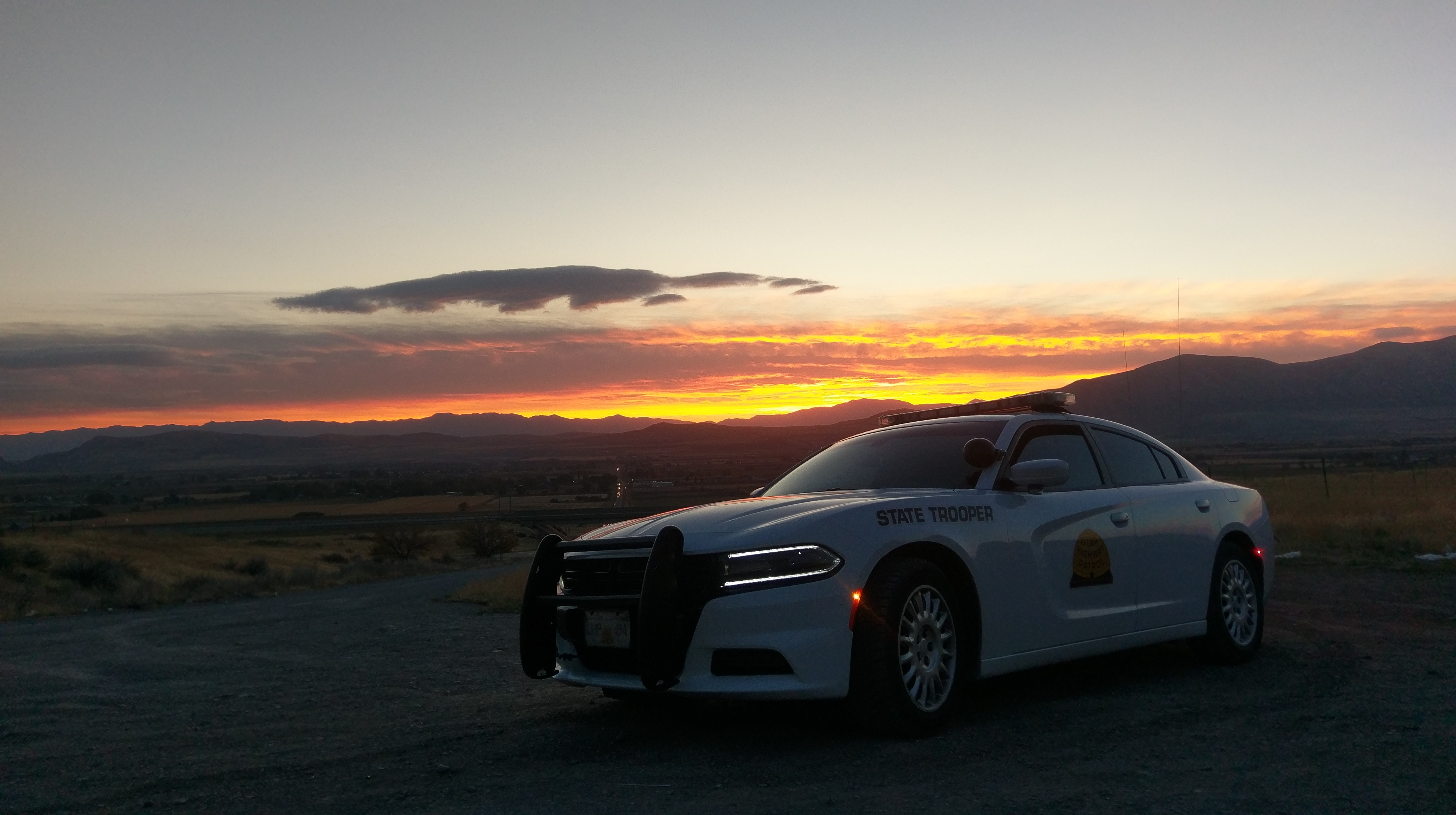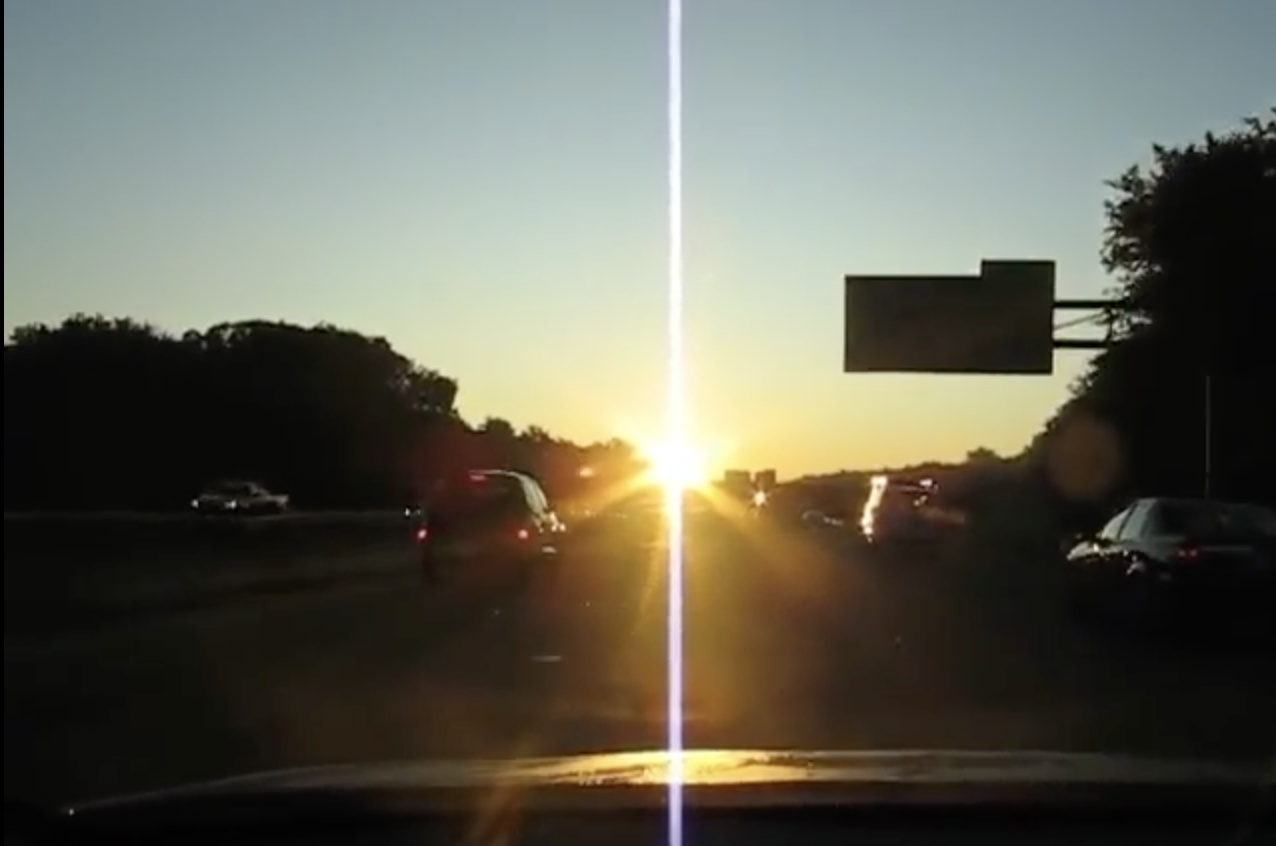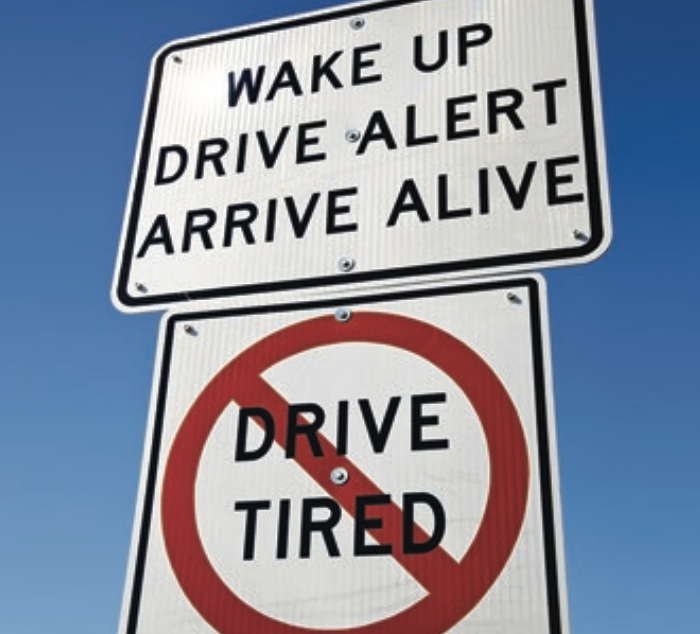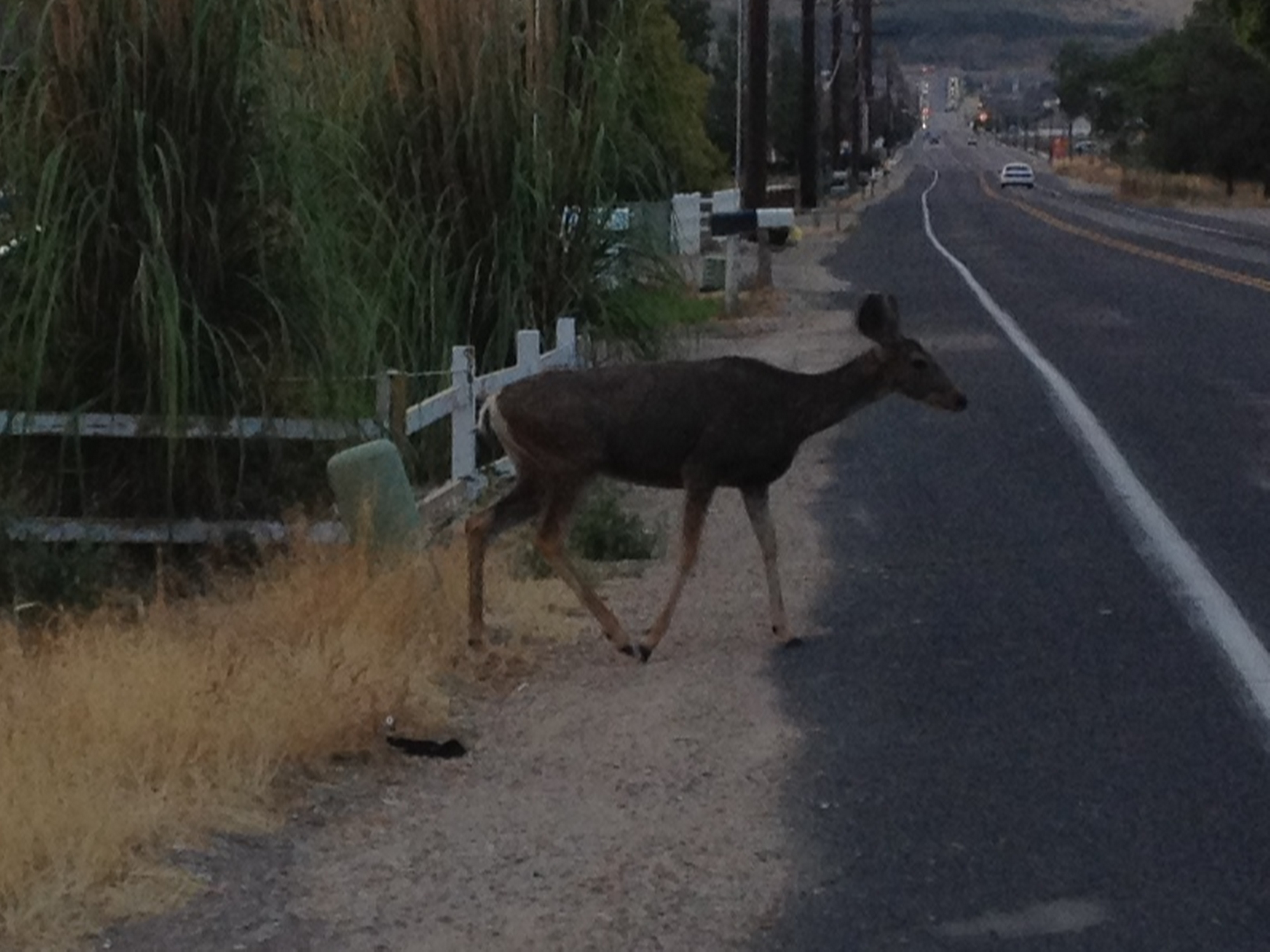Driving Tips for Shorter Days of Autumn and Winter
It Gets Darker Earlier and Stays Dark Longer
Daylight Savings Time ended and our clocks are turned back.
With it getting darker earlier, and staying darker longer, we want to remind drivers and pedestrians to be more alert as the potential for harm increases.
We want to share the following tips for motorist and pedestrian safety during the shorter days of autumn and winter:
Tips for Drivers
-
- Slow down. During the evening hours, you need more time to see a pedestrian in your path.
-
- Keep in mind that pedestrians who are wearing headphones, hats or earmuffs may not hear your vehicle as it approaches.
- Keep your windshield, windows, and mirrors clean.
- Make sure your defrosters and windshield wipers are working properly and that washer fluid is replaced as needed.
Tips for Pedestrians
-
- Carry a flashlight or attach reflective materials to clothing, backpacks, purses, and briefcases. These materials reflect light from headlights back to drivers, making it easier to see you.
- Watch this video to see the difference reflective material can make when it comes to visibility
- Don’t depend on the traffic signal to protect you. Motorists may be distracted, especially when adjusting to the nighttime travel environment.
- Carry a flashlight or attach reflective materials to clothing, backpacks, purses, and briefcases. These materials reflect light from headlights back to drivers, making it easier to see you.
-
- Avoid jaywalking and crossing between parked vehicles. Crosswalks offer a safer alternative.
-
- Walk on sidewalks whenever possible. If you must walk on the street, face traffic.
-
- Be aware that if drivers are driving into the sunrise or sunset, sun glare may prevent them from seeing you. Use extra caution!
-
- Do not cross the street if a car is coming and use a crosswalk if available.
-
- Watch out for cars at every driveway and intersection.
- Stay completely focused on the road and avoid distractions.
Beware of Sun Glare
Before the time change, you may not have been affected by sun glare during your drive times.
But now the sun is in different spot during your drive.
Sun glare can at times almost completely obscure your view of what’s in front of and around you.
This screen shot from this video is an example of sun glare’s effect on visibility.
To help address the effects of sun glare, AAA recommends the following:
-
- Keep your windshield clean, inside and out
-
- Check your windshield for pitting and cracks
-
- Leave more following room – when the sun is in your eyes it can be hard to see what the car ahead is doing. This is one more time when it pays to leave more room between you and the next vehicle.
-
- Drive with your headlights on to increase your visibility to other drivers
-
- Utilize your sun visor – it can help to block out the sun.
-
- Avoid storing papers or other items on the dashboard
- If having a difficult time seeing the road, use lane markings to help guide you.
Drowsy Driving Can Be An Issue
Everyone’s sleep pattern was just affected by the time change.
Be aware of your need for rest and the effects that a loss of sleep can have on driving attention and fatigue.
What Time Is It? Deer Thirty
When is “Deer Thirty”?
It’s the time when you’re most likely to encounter deer on the roads – it starts at dusk and ends at dawn.
With the end of Daylight Savings Time, you might find yourself driving at Deer Thirty every day as you head to and from work.
Whether it’s dusk, dawn or the middle of the night, you should be on heightened alert for deer near the roads. Under these circumstances, it’s always important to DRIVE DIFFERENTLY:
- SLOW DOWN
- SCAN AHEAD
- SHIFT YOUR MINDSET
- DON’T OUTDRIVE YOUR HEADLIGHTS
You can find more information about avoiding wildlife collisions at http://watchfordeerutah.com
Get Home Safely
Be aware of the ways that the shorter days and changed lighting of autumn and winter can affect your driving.
As always, our goal is for everyone – drivers, pedestrians, cyclists, motorcyclists – to get home safely.





If you found this news entry interesting, please consider sharing it through your social network.